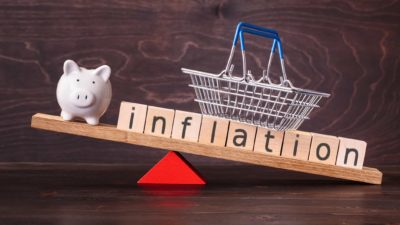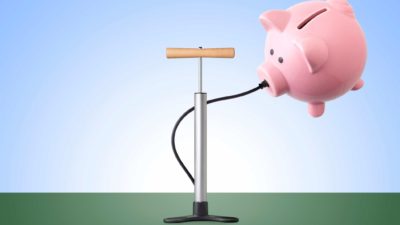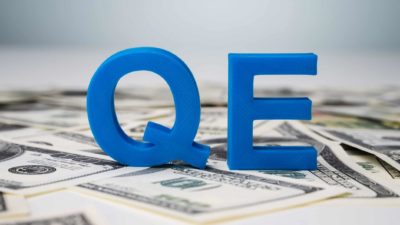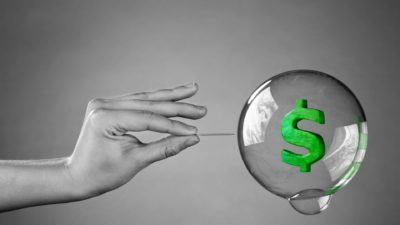As we all know, 2020 has been an incredibly volatile year, both in the world of investing and in the world as a whole.
Although the S&P/ASX 200 Index (ASX: XJO) has now recovered substantially for the lows that we saw in late March, the coronavirus and associated economic shutdown has yet to fully play out. Investors might be worried that the stock prices we see today in the markets might not be fully appreciating this fact.
So in order to properly analyse a business from an investing perspective in 2020, I think we need to be very careful. The stock market is still valuing businesses on their trailing earnings numbers in many cases – using earnings that were generated from prior to the coronavirus outbreak.
So here are two red flags to watch out for when looking at any ASX share in 2020.
Debt
A company's debt levels (which represent future cash obligations) are one of the few certainties we can pin on an ASX share. And debt is the fastest way for a company to go bust – just look at what has happened with Virgin Australia Holdings Ltd (ASX: VAH) this week.
So when looking at an ASX share in 2020, I think debt is one of the first things you should check out. An easy way to do this is by looking at a company's debt-to-equity ratio, which puts the amount of value a business has against its debt levels. If the debt comes in higher than equity, I would consider it a red flag!
Price-to-earnings (P/E) ratio
The P/E ratio is something most ASX shares have and it's a metric many investors use to work out how much to pay for a company. It works by dividing a company's current share price by its annual earnings-per-share. Since a dollar of earnings is a universal metric, we can easily see how 'expensive' a stock is compared to another with this ratio.
The problem is that many ASX shares will have massive drops in earnings in 2020 due to the coronavirus. For example, Company X might have a trailing P/E of 15 on current prices.
This might look reasonable to many investors. But what happens if Company X's 2020 earnings come in at half of what they were in 2019? Well, the P/E ratio would double to 30 – a level other investors might not be too happy to pay for. The result might be a substantial drop in Company X's share price.
So I would be very wary of a company with a high P/E ratio today unless you're certain it is set to come out of 2020 relatively unscathed. Otherwise, you might be trapped into thinking a share price is a bargain when it's really not.







